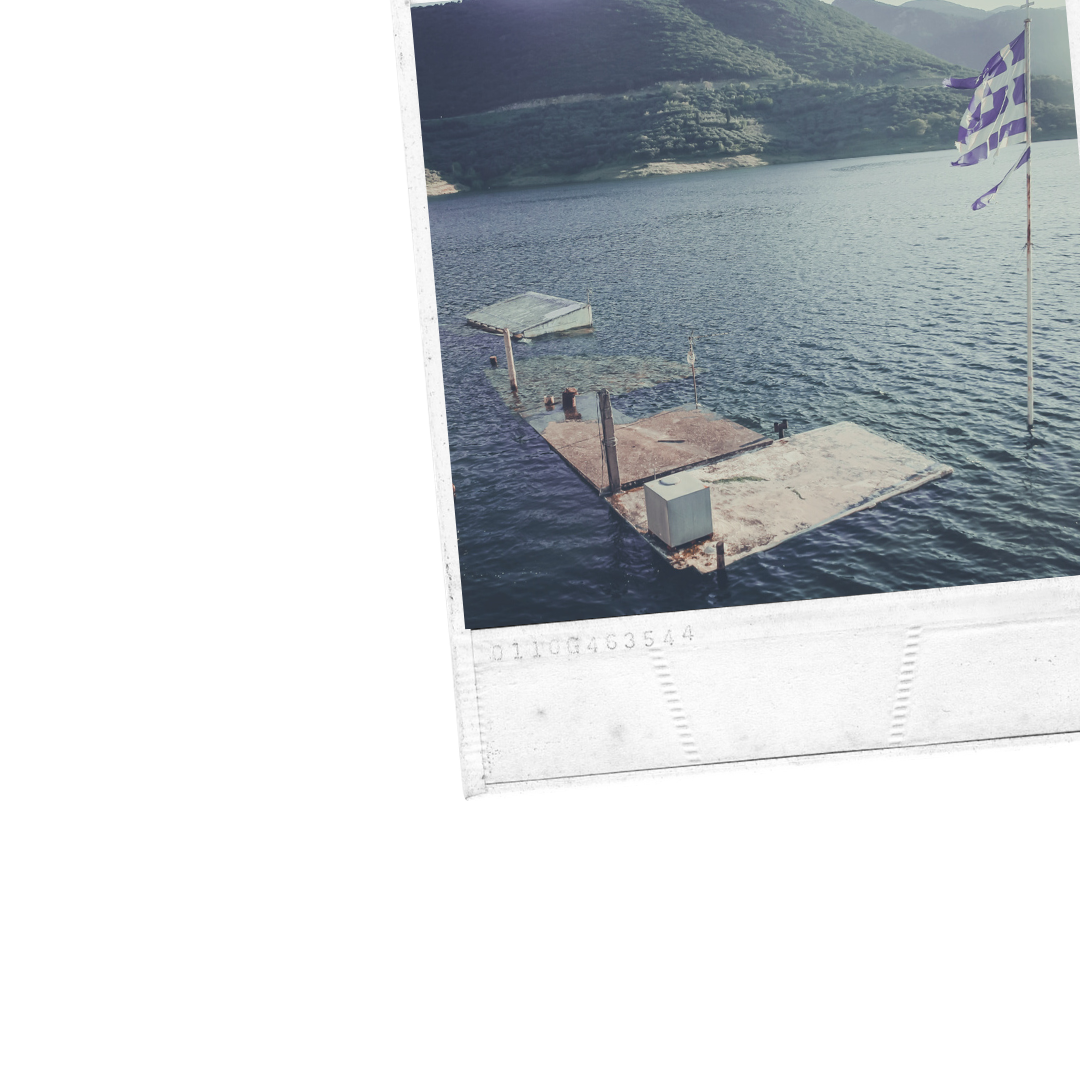The Disappearing Village
A scene from Crete’s sinking ghost village gets you that sinking feeling too.
When we first saw the village of Sfentyli, we thought it had been leveled down by an earthquake or was somehow related to Trump’s administration policy persistently avoiding to addressing climate change.
There was no earthquake or Trumpiness here, however. The destruction rendered in Sfentyli, to be found in Hersonisso’s plateau and only 45 minutes from the island’s capital of Heraklion, was due to Aposelemis dam - the largest water supply project in Crete that would solve vital issues in the northern tip of the island.
The village of Sfentyli that dates back to the 16th century, once lied deep in a fertile valley and was home to approximately 80 residents who fled before their houses were entombed under the water since the village will soon be wiped off the face of the Earth.
Disappearing structures shattered or stuck inside the water edge at unbelievable angles. Wall calendars still rustled against the moldy walls as the stagnancy passed through what was once a breathing living room.
Most people think moving to a new house is a hassle. Relocating an entire village is a whole lot harder. That’s what the natives of Sfentyli village have done since their land sank from under them; however they have been compensated for their properties by the Greek state.
As water level goes up and down, during long drought periods, Sfentyli disappears and appears. With the buildings emerging again from the water it bizarrely attracts many visitors who want to take a disaster snap of the stubbornly village that refuses to stay underwater and sink into oblivion.
Nowadays, various species of fishes and birds have been sheltered in the dam, also turning the area into a wetland and making Sfentyli’s narrow streets and houses their permanent home.





